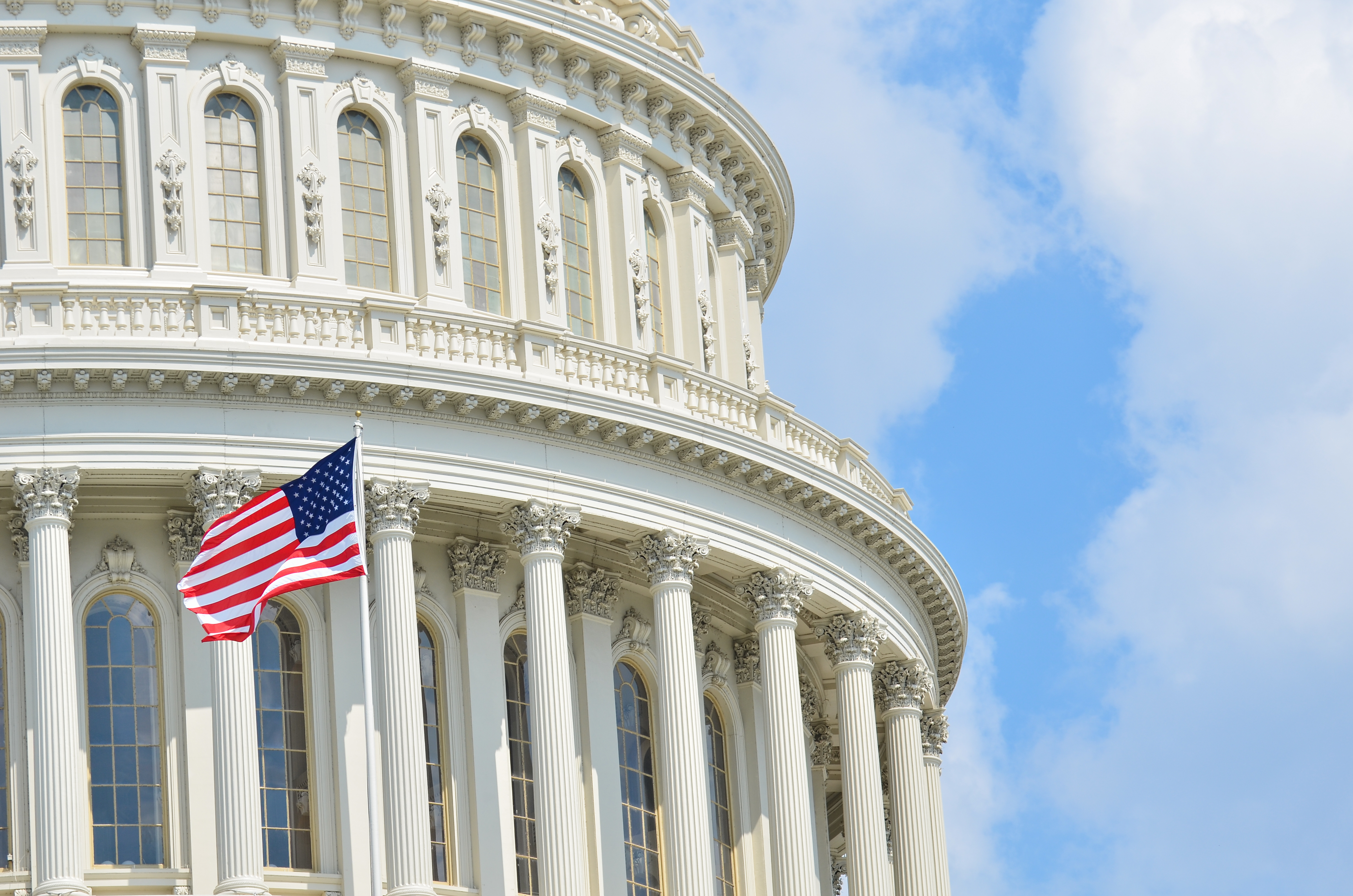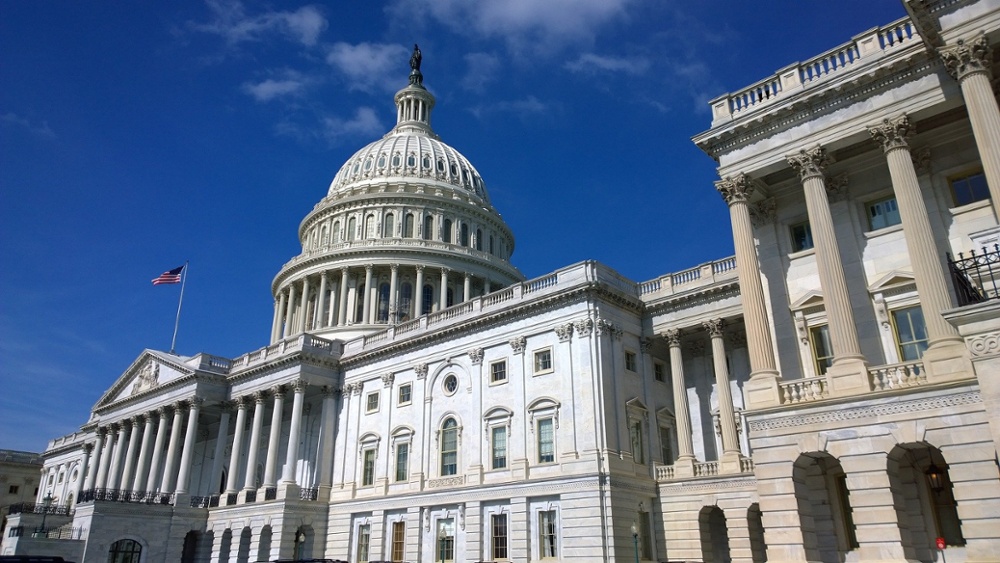The nation’s debt limit—the amount above which Treasury is precluded by statute from borrowing—could kick in as soon as June 1, according to Treasury Department projections. If it does, the U.S. could default on some of its obligations, putting at risk the full faith and credit of the United States. Economists say this would be catastrophic, resulting in substantial interest rate increases, massive jobs losses, and huge investment losses. Preventing this is at the top of the Congressional agenda this month.
The “X Date” (the date on which Treasury would be unable to borrow the money (due to the debt limit) it needs to pay all its bills on a timely basis—is still uncertain. But both government and private sector economists are projecting it could come as soon as early June (due to smaller-than-anticipated tax payments in April). As a result, most lawmakers are anxious to head off the economic consequences of default, or even getting close to default.
There is a lot of talk about what to do. Republicans say they will not support a debt limit increase without significant spending cuts. Democrats counter that the debt limit impacts preexisting obligations and therefore should not be tied to new spending cuts. At this juncture, potential compromises are no more than speculation. The possibilities being discussed currently are:
- A short-term debt limit increase to buy time for an agreement to be negotiated.
- Votes in the Senate that make clear that the House-passed H.R.2811 (the McCarthy debt limit/spending cuts plan) cannot pass, possibly along with a vote on a two-year clean debt limit increase bill (no other provisions in the bill) that also cannot pass the Senate.
- An agreement that includes an enforceable promise to negotiate a budget plan (or, if not an actual budget, at least a spending cuts plan (that may include new revenue in the form of tax increases) at the same time the debt limit is raised or suspended.
- Reform of the debt limit itself, to avoid a continuation of the weaponization of the debt limit (that has been used by both parties, dozens of times, over the past few decades)—one reform proposal that seems to have piqued interest among lawmakers is a proposal to allow the President to raise the debt limit, when necessary, subject to a Congressional vote to block any such increase.
Other possibilities include the minting of a $1 trillion coin to be deposited with the Federal Reserve (which might or might not accept it), or having Treasury simply continue necessary borrowing in defiance of the debt limit—setting up a conflict (to be resolved in the courts) between the debt limit’s statutory authority and the Constitution’s provision (the 14th amendment) that bans Congress from “questioning…the validity of the public debt.” And there’s always the possibility that an as-yet-not-considered alternative could emerge.
Taxes: So far, Congressional Republicans are united in their opposition to any new taxes (and indeed, want to enact new revenue-losing rules or extend existing tax rules (e.g., the 2017 tax cuts that are due to expire in 2025). But Democrats, who are equally opposed to the size and scope of the spending cuts contemplated by the GOP, are likely to insist on at least some new tax revenue before they will agree, however reluctantly, to painful spending cuts. So, most Washington insiders believe that a final fiscal agreement will include at least some new taxes.
Among the possibilities for new tax revenue are changes to trust rules, estate (and gift and generation-skipping transfer) tax rules, and—if Democrats prevail—some kind of “tax-the-rich” proposal. (One that is particularly troublesome is the proposal that would force the wealthy to pay tax annually on the gains in their investments, even when those gains have not been realized, i.e., the assets sold). There is also some talk about changes to nonqualified deferred compensation rules, and rules governing private placement life insurance (PPLI). Note that the McCarthy debt limit package itself included one set of tax increases--repeal of many of the green energy incentives enacted in the Inflation Reduction Act.
None of these tax proposals is as yet seriously in play. But they are likely prospects if and when lawmakers turn to the tax code for new revenue. NAIFA is watching developments in this area very closely.
Prospects: Virtually every lawmaker—from both parties and in both chambers of Congress—vow there will not be a default. But the path forward to raising or suspending the debt limit remains unclear. It is white-knuckle time on this issue this month.
NAIFA Staff Contacts: Diane Boyle – Senior Vice President – Government Relations, at dboyle@naifa.org; or Jayne Fitzgerald – Director – Government Relations, at jfitzgerald@naifa.org.






.png?width=600&height=90&name=Support%20IFAPAC%20%20(600%20%C3%97%2090%20px).png)
